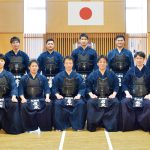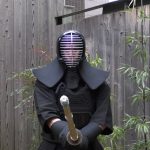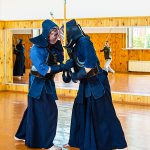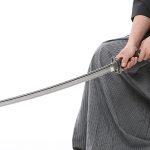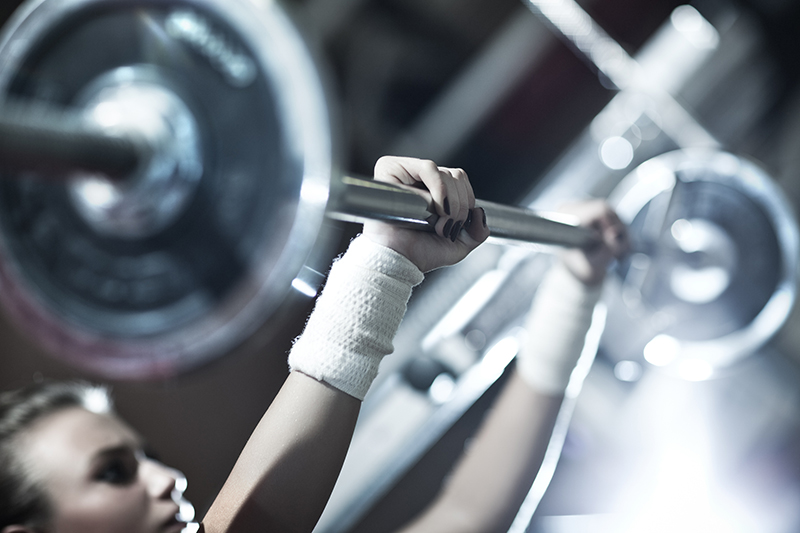
Kendo makes use of a lot of different skills both physical and mental. A well planned keiko session will help you improve in all areas, but cross-training can be extremely beneficial not only to those who have limited opportunities to train, but also to those practitioners with specific requirements.
In this case, cross-training refers to any activity that is not strictly related to kendo, but is directly beneficial to its practice. This article will go into two specific areas of physical cross-training as well as offering some suggestions of how to balance these against your training and some example ideas for workouts.
What does kendo require?
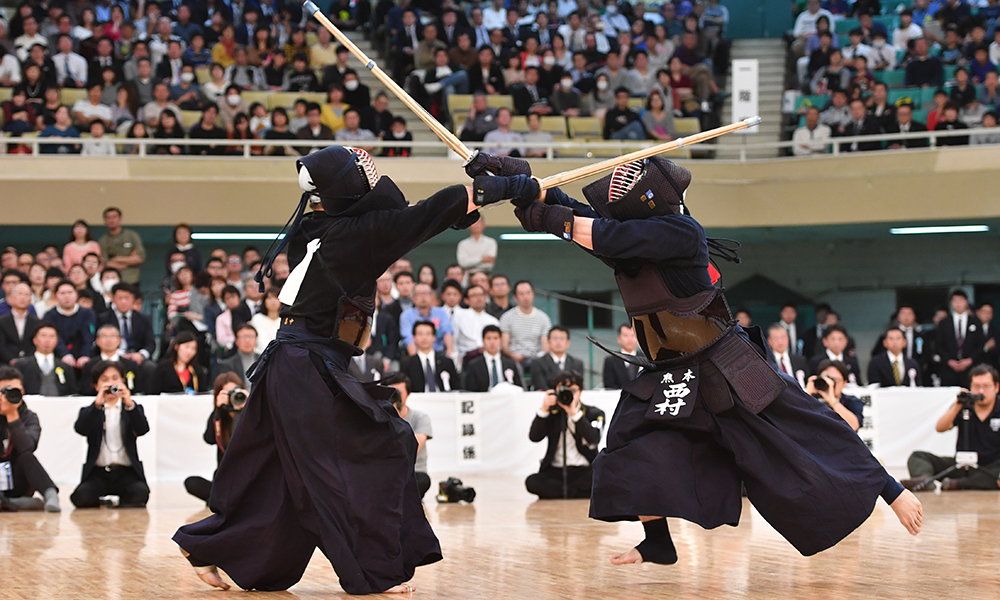
When evaluating any opportunity to introduce cross-training into your routine, you need to consider it in terms of what it will bring to your kendo. To do this you need to have a good idea of what kendo requires and what you need to work on.
Kendo is characterised by its short, but intense periods of activity. Within which you need to apply a lot of concentration. Unfortunately, this means that kendo requires quite deep reserves of stamina, but is fairly ineffective at developing it through keiko alone. This is why cardiovascular exercises are often highly recommended as partners to your keiko. This will be the first set of cross-training suggestions we will look at.
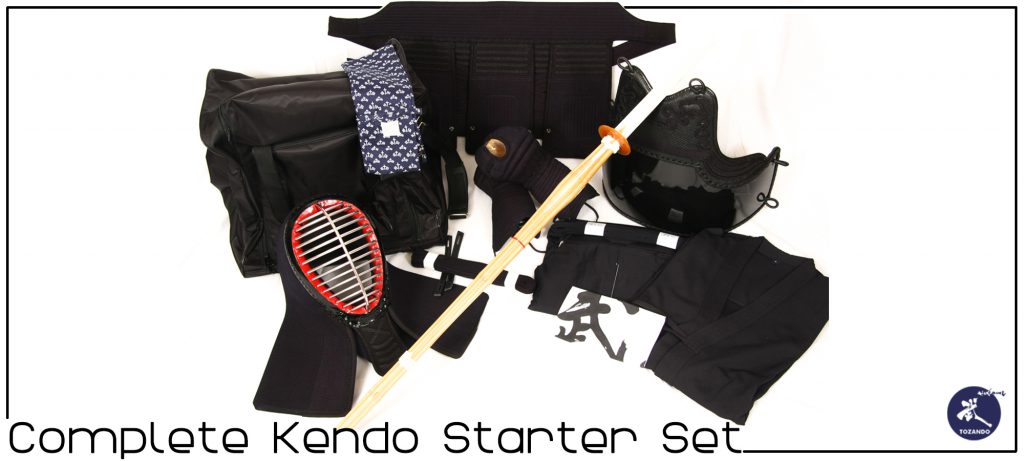
In addition to stamina reserves, you have to make quick and powerful movements which require good reflexes. Whilst reflexes in general are often regarded as innate characteristics (as in very hard to improve beyond your natural inclination), you can train your muscles to react explosively through intense resistance training. Therefore, high intensity low repetition resistance exercises will be the second set of cross-training ideas we will explore.
Increasing your stamina

As mentioned above, cardiovascular exercises are the immediate go-to when picking some cross-training to do. The most common choice, is of course running. Running is fantastic as it’s hard, anyone can do it with next to no equipment and for free and it is naturally progressive. It is hard to argue with the results of regular running when it comes to stamina gains, even adding just a couple of runs a week to your schedule will see benefits to your kendo. Particularly kakarigeiko, uchikomigeiko and oikomigeiko.
One criticism of running when it comes to kendo is that it can be fairly high impact, especially on the knees. If this is a concern, then a fantastic alternative is cycling, or even better swimming. Swimming adds a level of resistance to your whole body’s movements; which is great in the context of kendo, as you are often making lots of repetitive movements. The more efficiently you can move your body against resistance, the smoother you will be able to strike. Furthermore, it as an excellent way of developing your breathing which is fantastic for kendo. The disadvantages mainly lie in the fact that youneed a palce to swim which can cost money and can restrict you in terms of time.
A shout-out also goes to skipping! This aerobic exercise is tricky to get the knack of, but is great for your stamina and coordination between your core, feet and hands: perfect for kendo (not only boxing)!

Developing explosive movements
Kendo’s explosive movements come from your legs and your core; whilst large and powerful cuts need well devleoped back muscles and grip strength. The key here is muscle strength, not muscle size. Whilst large biceps might look cool and intimidating, if your ligaments and back muscles are also not as developed you will find coordinating your arms as one from the shoulders to be difficult. So when cross-training for the purposes of increasing your explosive power, think in terms of practically applied strength.
There are two great ways to develop practical strength using resistance training: weighted resistance training and bodyweight resistance training. It can be tempting to do lots of low-intensity high-repetition weight training to build muscle stamina, but in this case you might as well just do suburi as it is directly applicable to kendo.
Training with weights
Training with weights can be extremely beneficial, if the weight is kept large and the repetitions are kept low. This sort of weight training encourages the development of fast-twitch muscle fibres which allow you to make short explosive movements, exactly the type we make in kendo. Because we want to develop balanced and appliable strength, free standing weights are the best. Bar-bells, dumbells, medicine balls and so on.
Our personal recommendation is a full body barbell routine that includes squats, bench-press, standing over-head press, barbell-rows and deadlifts. These five exercises offer a full body workout and can be done starting with an empty bar. If you increase the weight incrementally, starting with an empty bar you will develop your ligaments and muscles simultaneously. The down-side to this sort of training is that it requires knowledge and form that is best gotten from an instructor; it also needs equipment and a gym. However, the benefits to your kendo are soon visible: a strengthened core and powerful legs from squats will allow you to perform fast and powerful footwork.
Bodyweight training

Bodyweight fitness is very much like training with weights, but instead of equipment all you need is your own body. These include exercises like push-ups, pull-ups, squats, planks, hand-stands, L-sits and inverted rows. The immediate advantage of bodyweight training is the lack of almost any equipment. All you need is your self and maybe a bar. The other huge advantage is that all the exercises have a variety of progressions so you can start easy and increase the difficulty as your body develops. Whilst you will not develop the same explosive strength in the same time as weighted training, the overall benefit to your strength has fantastic benefits for kendo. These include; more powerful footwork and cuts, increased stability and resisntance to injury.
Again, you want to be focussing on a full body workout. We would suggest something that includes all of the exercises mentioned above starting at easy progressions and moving to advanced forms as you get stronger. If we take pull-ups as an example, first just try hanging from the bar. This will develop your grip strength, then move one to negative pull-ups. This is where you start chest to the bar and lower yourself as slowly as you can. Once you can lower yourself with full control you start trying to pull yourself up from the dead-hang position and so on.
Bringing it all together
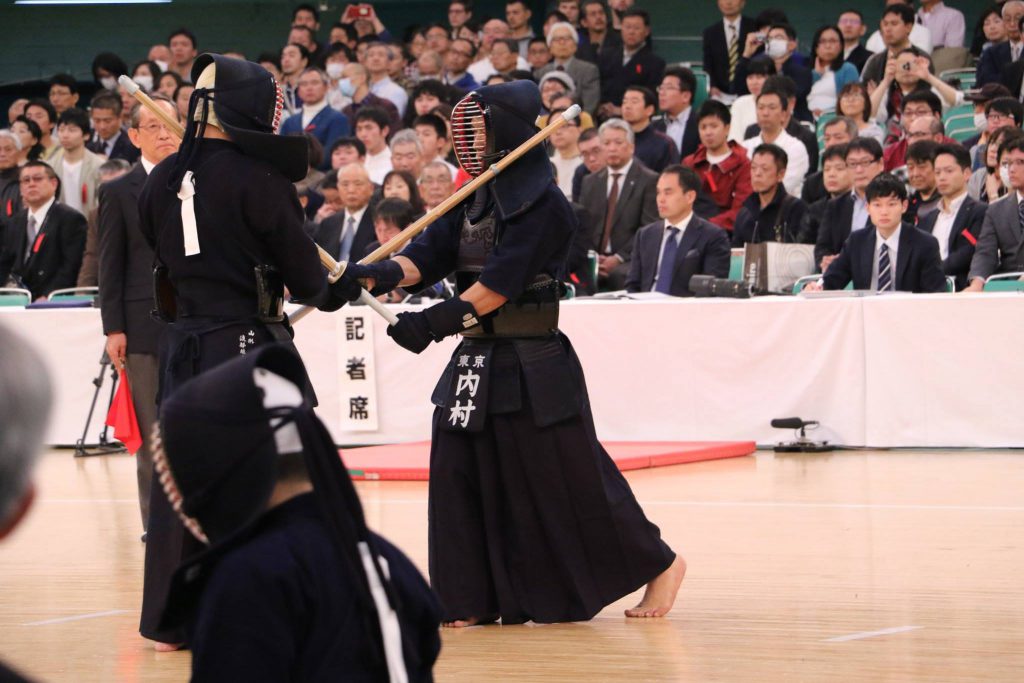
Having an idea of what sort of cross-training you can do and what is specifically beneficial for kendo, it is then important to consider how it is going to fit into your schedule.
First of all never give up an opportunity to actually do some kendo keiko. This will always translate to direct improvement. Second, make sure you blance your training with breaks so your body can recover. Don’t do three days in a row of heavy weight training and then expect to do keiko the day after. Your body needs time to recover after this sort of cross-training, so give it a day’s rest between each session. Cardio is a lot easier to recover from so you have more freedom when determining a schedule.
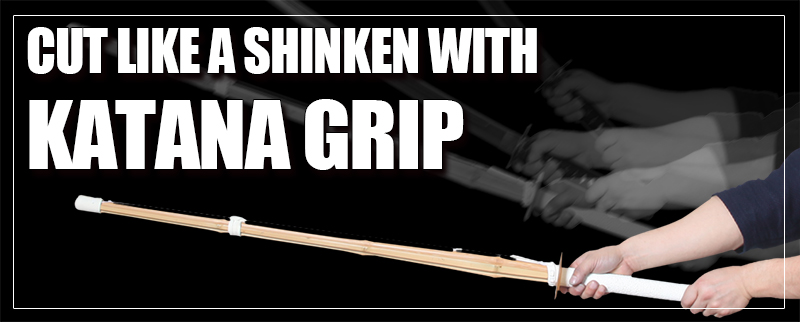
Identify your kendo needs
The most effective cross-training will come from the activities that are targeting the problems you are facing in your keiko. Use your keiko to identify the problems you have and use that as a basis to choose your ideal cross-training. Do you find it difficult to push off with your feet and remian stable in tsuba-zeriai? Then consider doing some weight training to increase your core strength. Finding it impossible to lift your shinai half-way through kakarigeiko? Introduce some cardio to increase your stamina. Cross-training does not have to be set in stone, regularly change your supplementary training to match your developing kendo!
We hope this gives you some ideas for not only selecting some cross-training to help your kendo, but also how to structure and modify it according to your situation. If you are looking for specific exercise tutorials and workouts then head to the internet! There are loads of free resources developed by specialists that will help you learn and execute the exercises mentioned above. Good luck with the keiko!
 | Did you like what you've just read? Check this out. |



